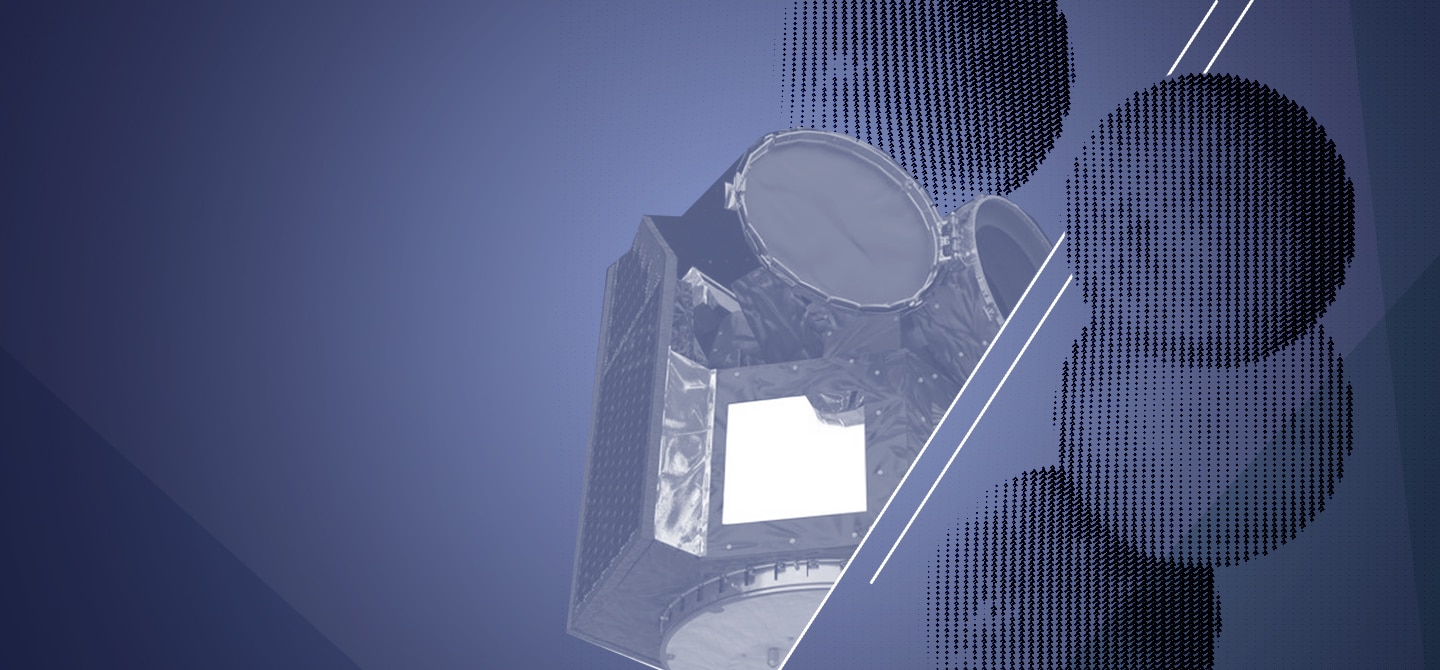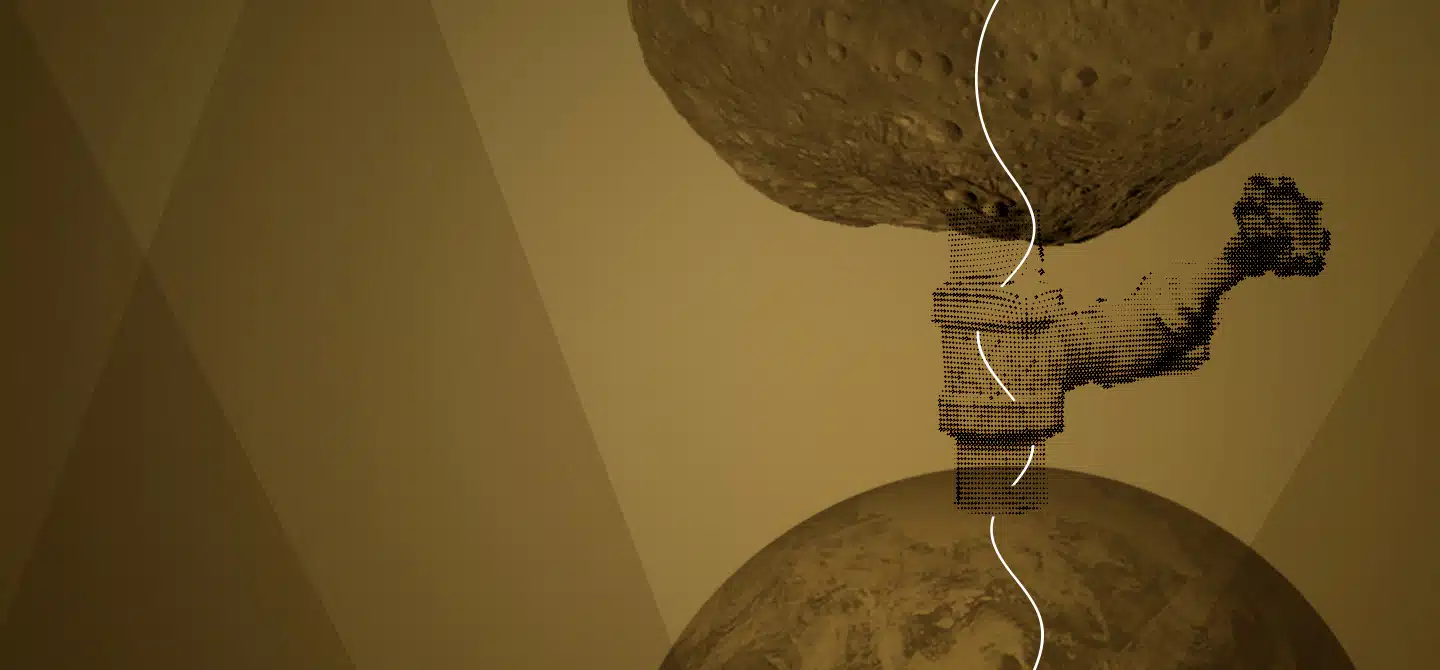Scouring Mars for answers to life on Earth
We are seeing a growing number of missions to Mars. Why is there so much interest in the red planet?
Juliette Lambin. There is a lot of talk about it at the moment because several missions to Mars are coinciding with one another. This is because the optimal launch window occurs once every two years and only lasts a fortnight – so the missions tend to all happen at the same time.
That said, Mars is a major object of study in “universe science”. It is particularly interesting because it is smaller than Earth but was formed at the same time. Also, in the beginning, conditions on Mars were quite similar to those on our own planet. Namely, a dense atmosphere, liquid water, a large-scale magnetic field; in other words, the necessary ingredients for the emergence of a form of life. More than 3.5 billion years ago, however, Mars lost all that and became almost frozen in time. As such, it remained in more or less the same state that the Earth was in when life first appeared.
From a scientific point of view, what we are looking for on Mars are traces of fossilised life. These are traces that cannot be found on Earth because there is no place as old as that, which has not been transformed by erosion, plate tectonics, overrun with modern activity, etc. So, looking for traces of life on Mars means looking for possible traces of primitive life on Earth! Mars is the best and most accessible object of study for exobiology: the study and understanding of everything that can lead to the appearance of life.
The aim of this programme is to take samples of the Martian soil and bring them back to Earth for analysis using terrestrial means.
How will the Mars Sample Return mission and the arrival of the Perseverance rover on Mars contribute to these studies?
The rover, Perseverance, is the first of several missions contributing to the Mars Sample Return (MSR) programme, carried out by the Americans in association with Europe. The aim of this programme is to take samples of Martian soil and bring it back to Earth for analysis that will be completed around 2030. Up to now, missions have mainly been carried out in orbit around the planet using satellites, followed by robotic explorations with the rovers that have landed. These missions have provided a good description of the topography, composition of the atmosphere and geology of the surface of Mars. We have already detected ice caps and identified geological structures that look like runoff, which could be caused by liquid water that would have flowed on the surface Mars in the past.
The twin rovers, Spirit and Opportunity, launched in 2003 as part of the Mars Exploration Rover mission, as well as the Curiosity rover of the Mars Science Laboratory mission launched at the end of 2011, changed the game because they could move. In addition to climate analysis, Curiosity’s main objective was to determine the past habitability of Mars based on the analysis of rocks and minerals. The Perseverance rover is more autonomous than previous rovers and its mission is different. Not only will it search for possible biosignatures, but it will also take samples and place them in sealed tubes from several locations. They will then be retrieved and brought back to Earth where they will be analysed.
Why can’t these samples be analysed directly on Mars?
Because of the constraints of mass, volume and autonomy. A Martian rover carries very sophisticated instruments, but they are miniaturised and there are not many of them – only 7 on Perseverance, for example. The search for life, dating of rocks and fine mineral analysis all require instruments that they cannot be sent to or operate on Mars. Some biology or biochemistry experiments involve so many experiments and complicated steps that only they can only be done by scientists, using sensitive equipment only found back on Earth.
In order to analyse the samples brought back, there must also be a strict seal protocol. Hence, samples will be quarantined in high biological safety laboratories (P4 type) and protected from any biological or chemical contamination by terrestrial compounds. The first quarantine studies will also seek to detect any possible Martian life forms or biological risk agents.
What is the role of CNES in the Mars Sample Return programme?
CNES is responsible for the entire French contribution to this programme in cooperation with NASA. We work in close collaboration with CNRS scientists, who develop the scientific instruments and study the data from the experiments, and with industrial partners. In Toulouse, CNES is home to the FOCSE for “French Operation Center for Science and Exploration”. This centre, which already operates the equipment of rovers from the previous generation, in particular the ChemCam (CHEMistry CAMera) and SAM (Sample Analysis at Mars) cameras, ensures the operation of the SuperCAM instrument.
Every day, the Toulouse team analyses the data received the day before and, after coordinating with the people in charge of the programme at the Jet Propulsion Laboratory (JPL) in Pasadena, California, schedules the experiments conducted by the Franco-American instruments on board Curiosity and Perseverance. With transmission times between Earth and Mars varying between 4 and 20 minutes and patchy visibilities, the Martian rovers are not directly remote-controlled. They are controlled by sending daily programmes which are then automatically sent out. The programmes are written by the teams of each instrument, then checked and assembled at the JPL, which sends them. We work on US West Coast time. Even though we often start at 10PM and finish at 4AM, it’s a fantastic way to work from Toulouse, France, to pilot a robot on Mars.















